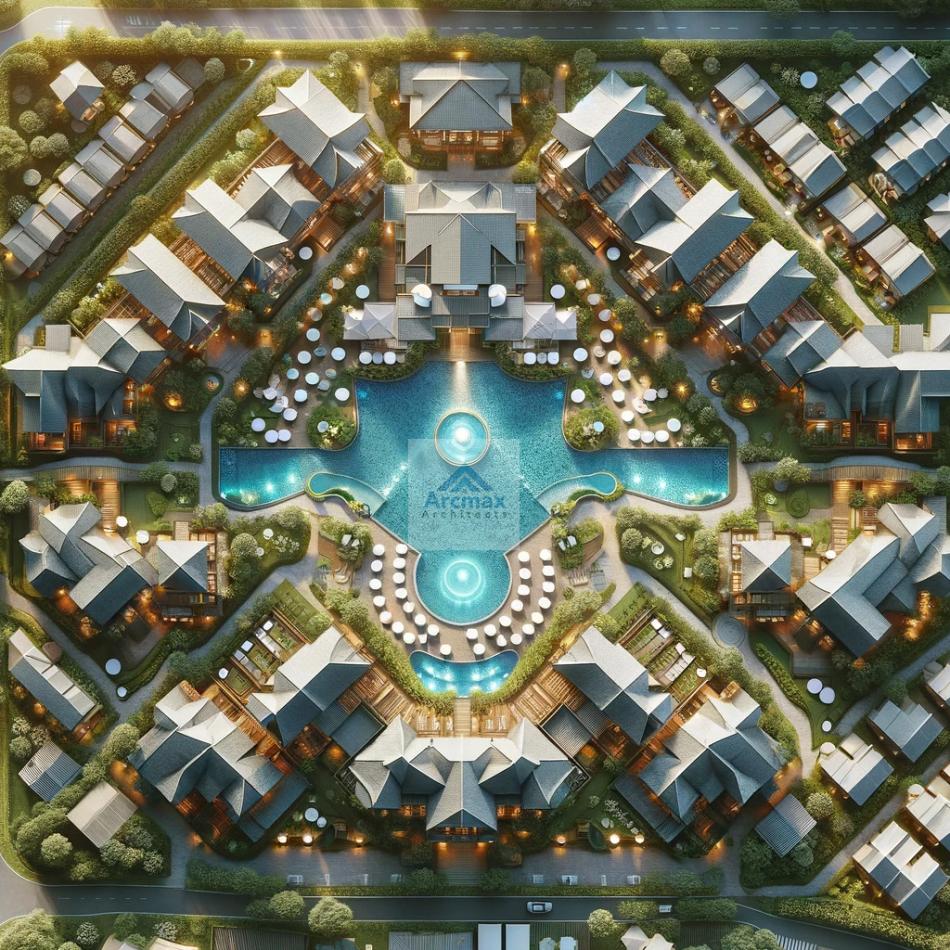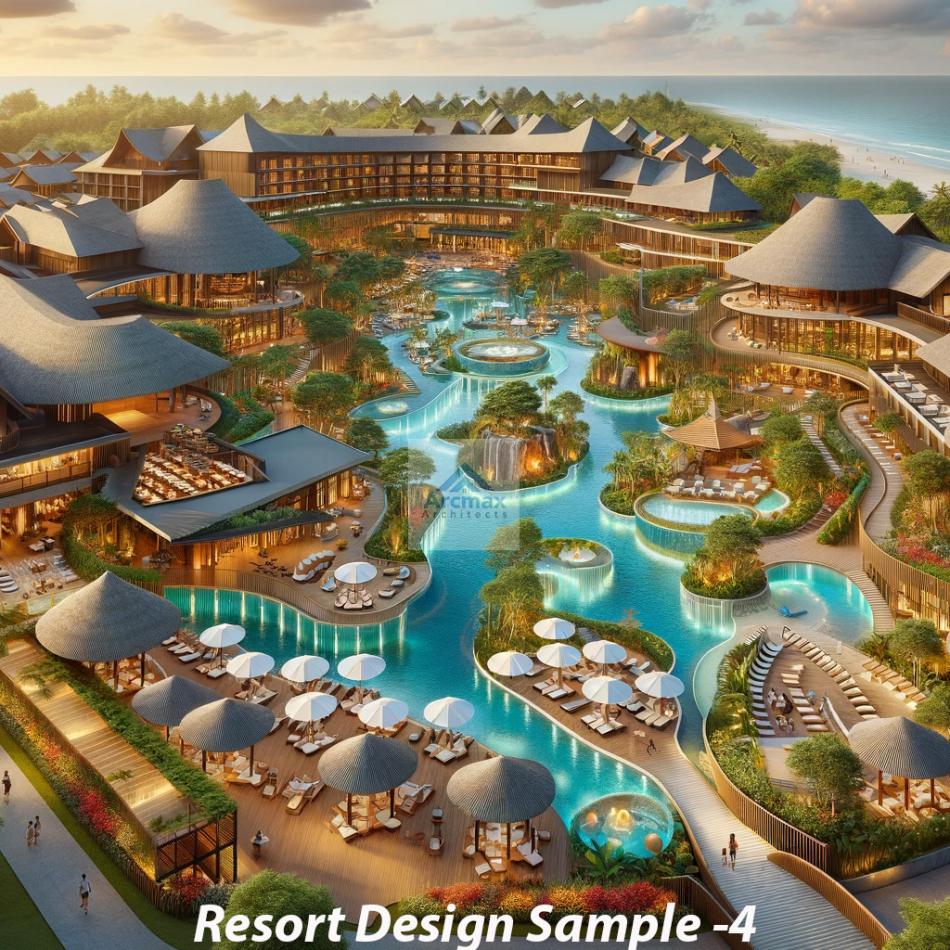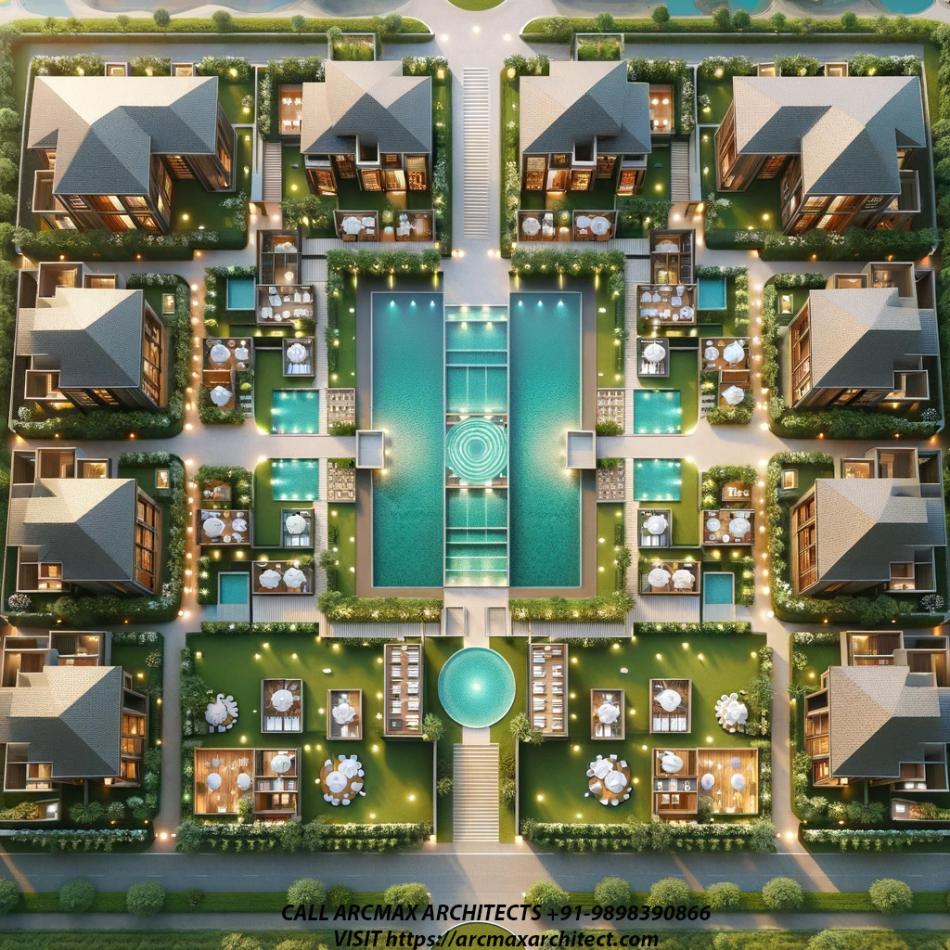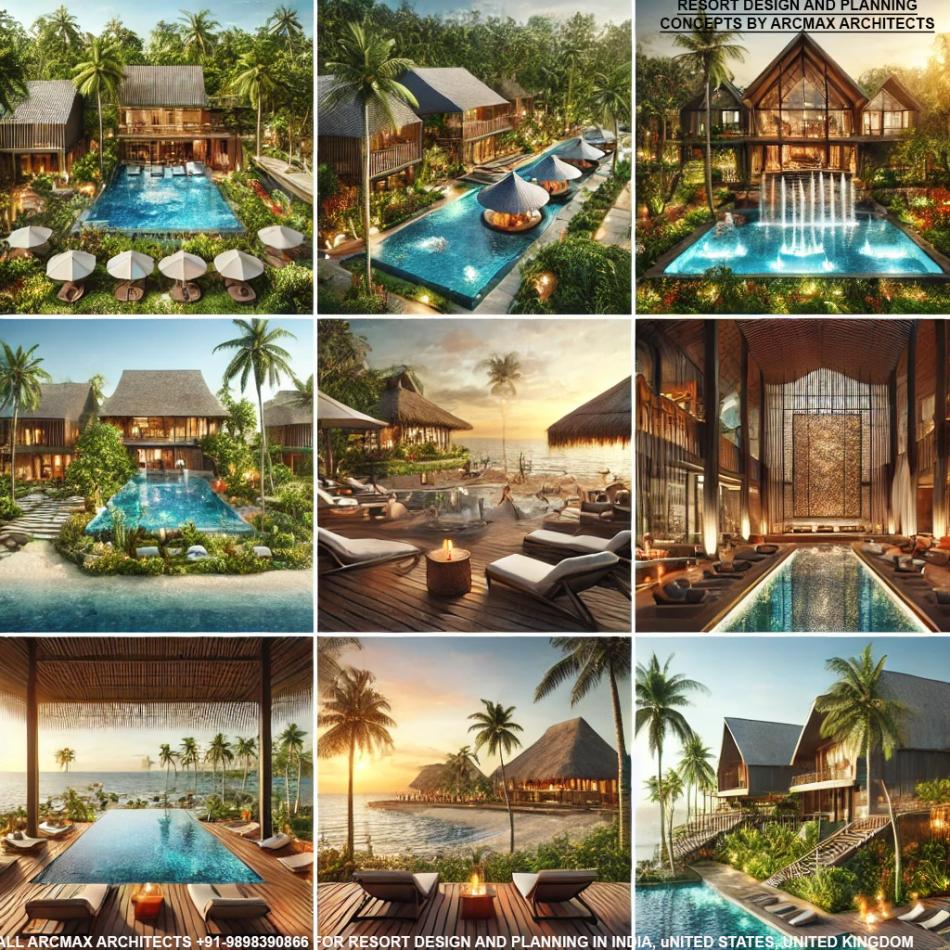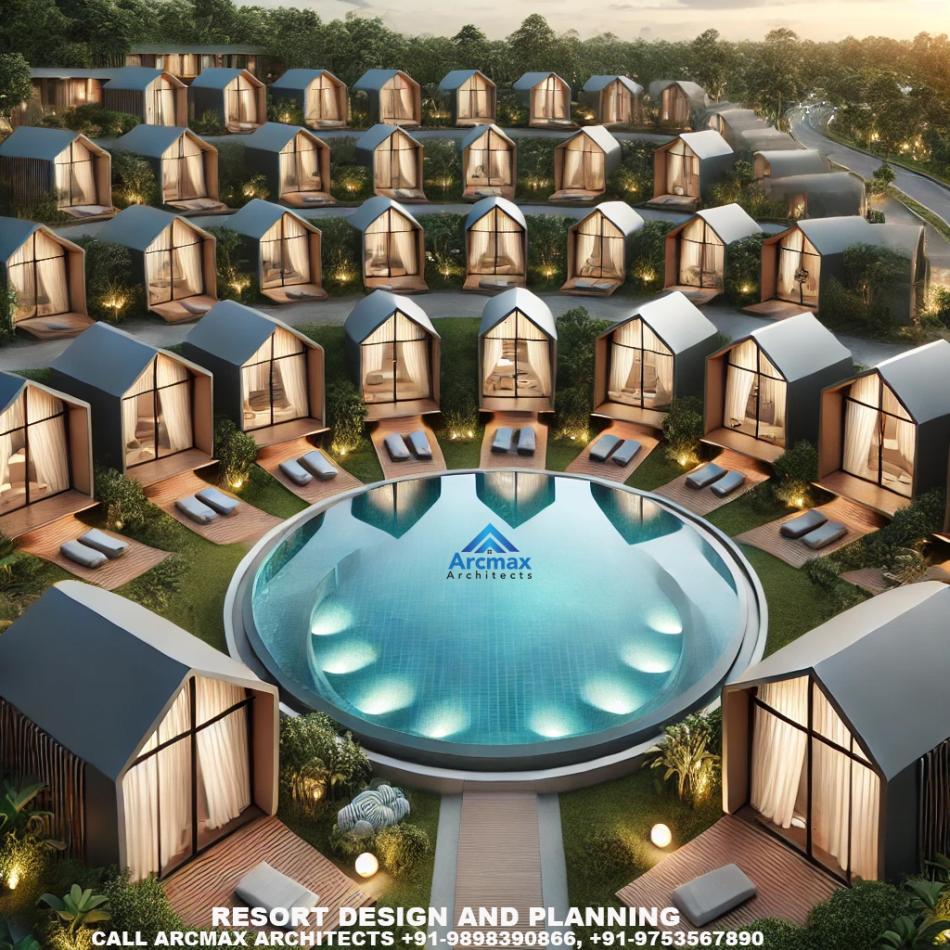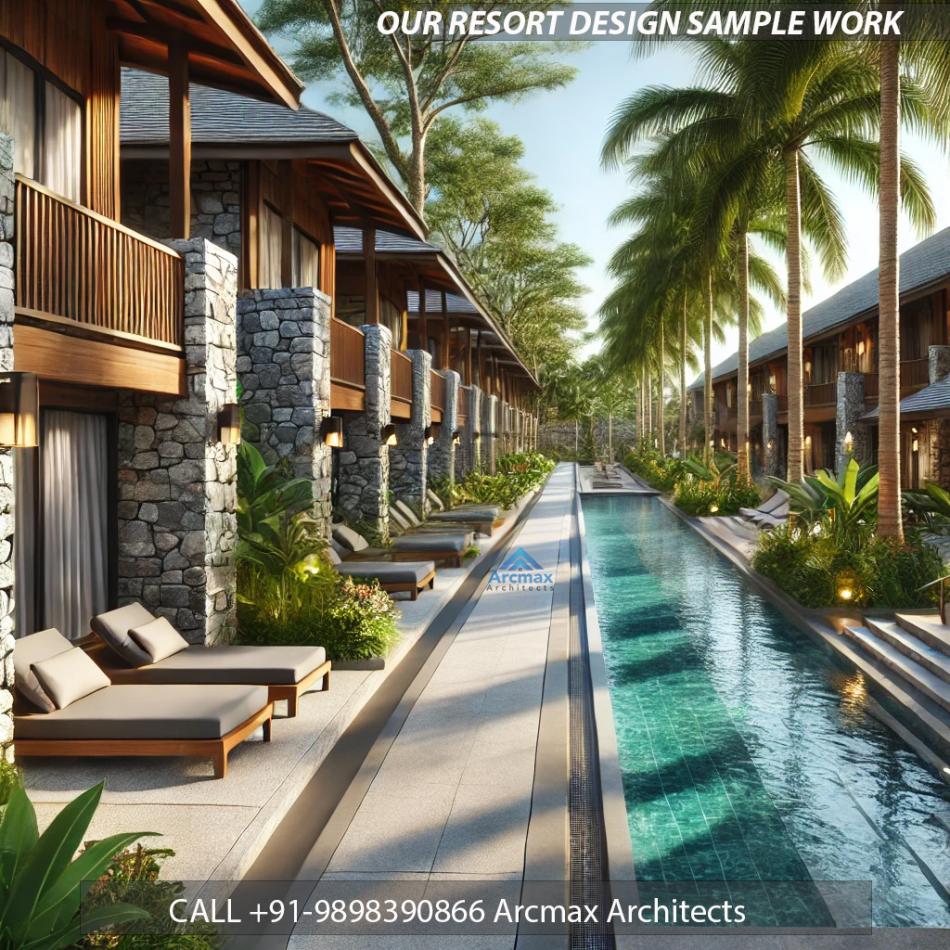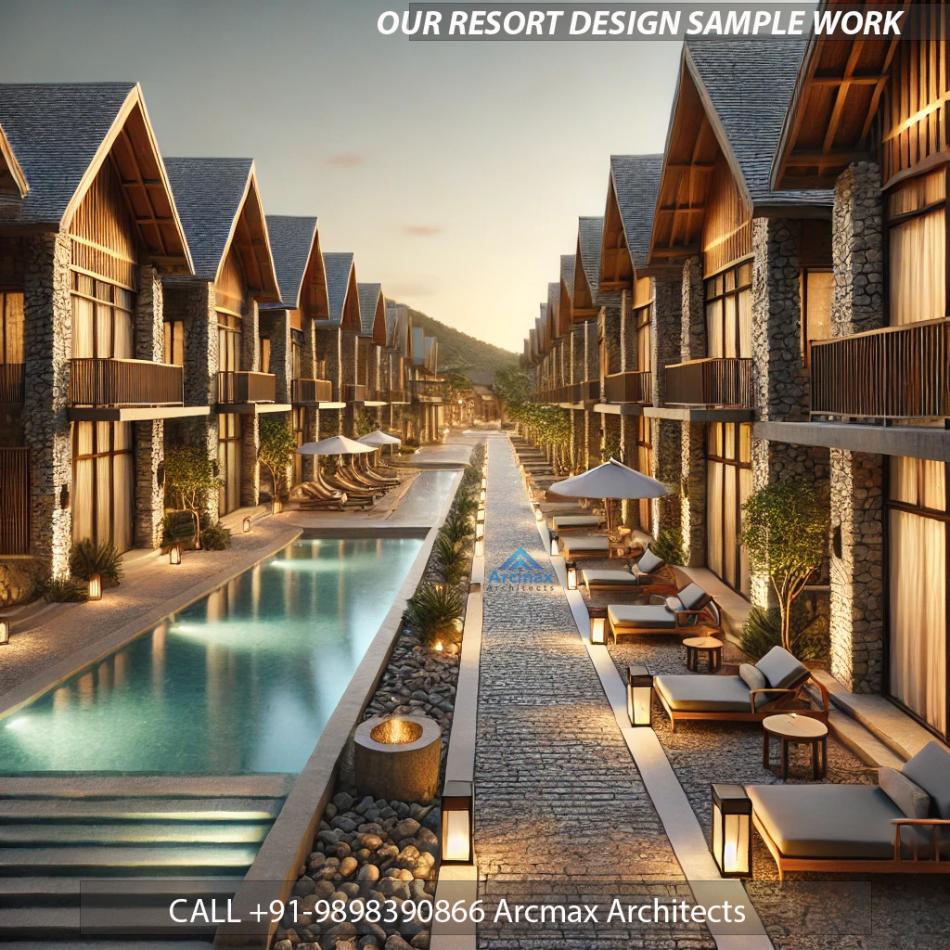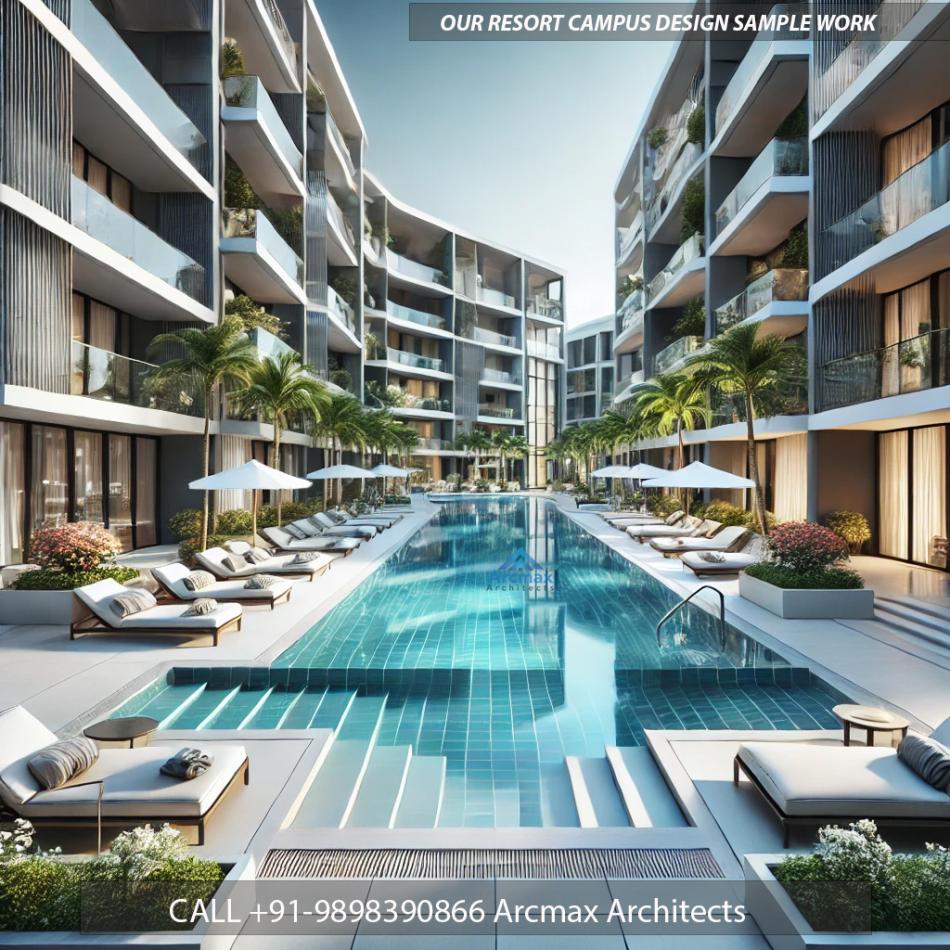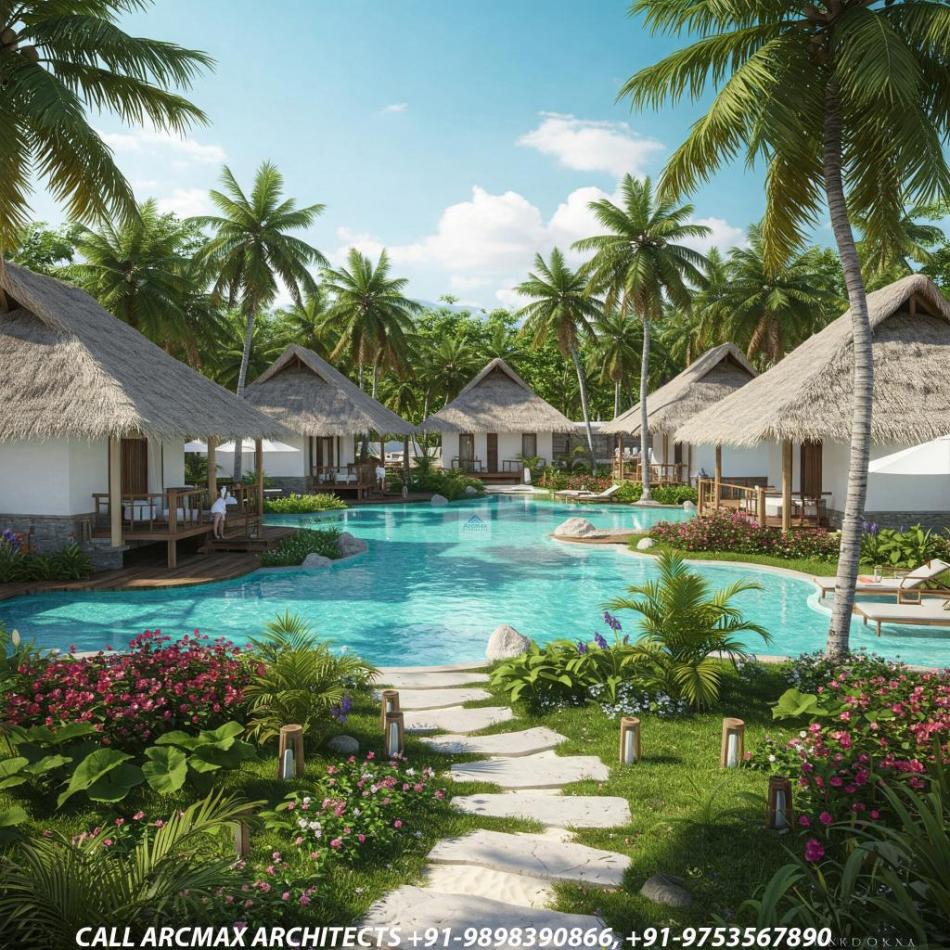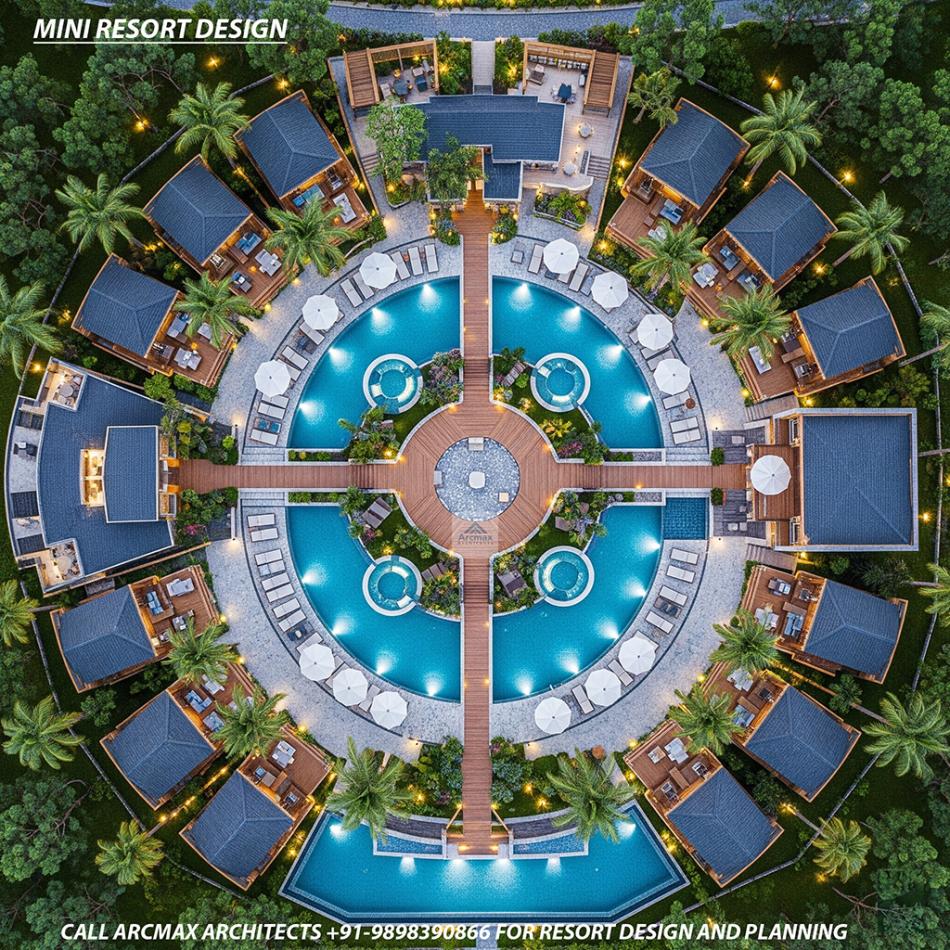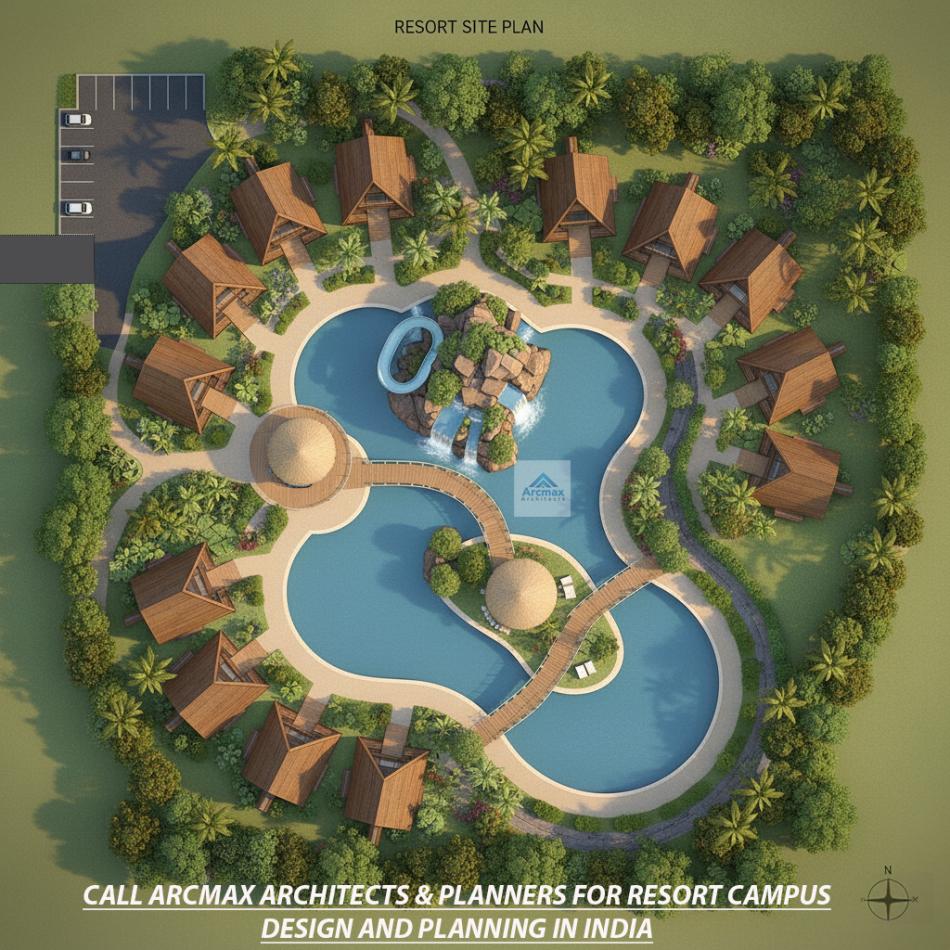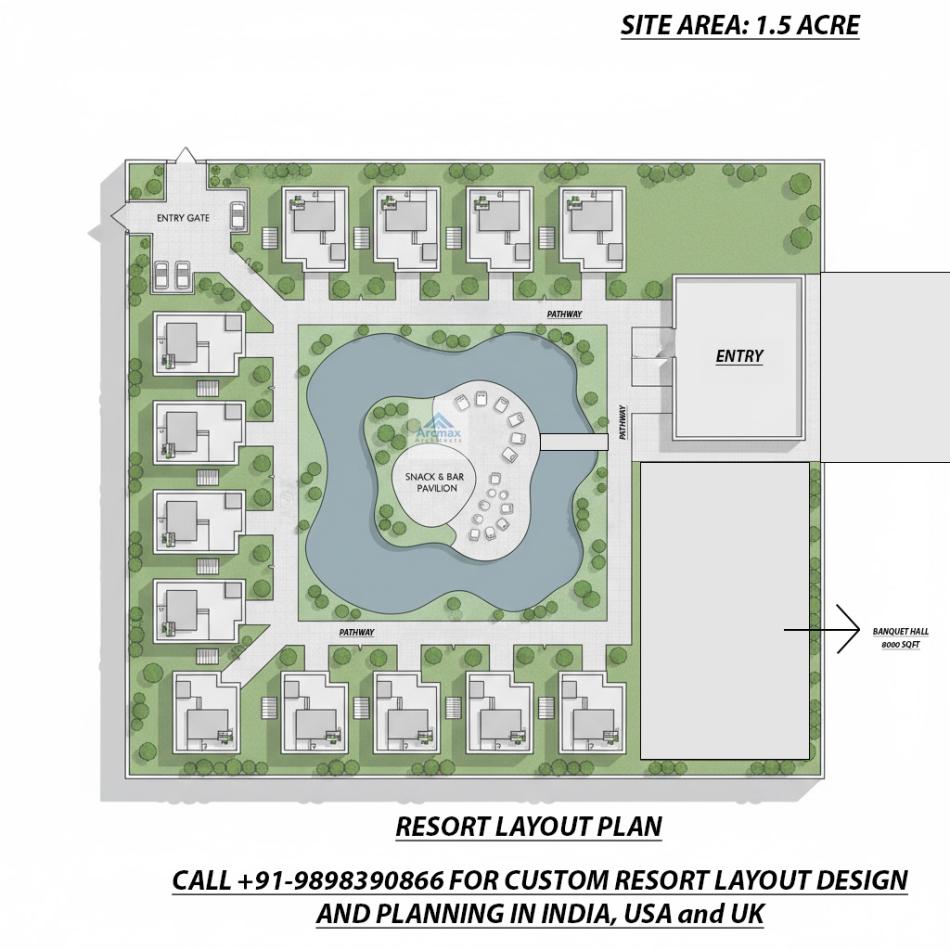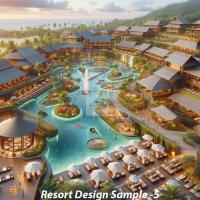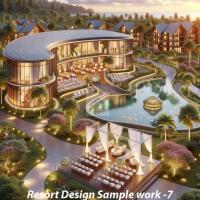Bakeri City, Pincode: 380015 Ahmedabad, Gujarat, India,
244 Madison Avenue, New York, United States
Our Client






Best Architects for Restaurant and Retail Design in India, USA and UK
Restaurant and Retail Design: Crafting Memorable Consumer Experiences
In the competitive landscapes of dining and shopping, restaurant and retail design plays a pivotal role in attracting customers and creating memorable experiences that encourage repeat visits. Effective design transcends mere aesthetics, embodying brand identity, enhancing functionality, and evoking emotions. This content explores the essential elements and innovative strategies in restaurant and retail design, providing insights into creating spaces that captivate and engage consumers.
The Essence of Design in Dining and Retail Spaces
Brand Integration: Design is a powerful tool for narrating a brand's story and ethos. Every element, from color schemes and lighting to furniture and layout, should reflect the brand's personality, values, and target market. For restaurants, this may mean creating a cozy, intimate environment for a bistro or a sleek, modern look for a high-end eatery. Retail spaces might use design to highlight product quality or to create thematic experiences that resonate with their clientele.
Customer Experience: The ultimate goal of restaurant and retail design is to enhance the customer experience. This involves creating an inviting atmosphere, optimizing flow and movement, and ensuring comfort. In restaurants, this means considering acoustics, seating arrangements, and the dining ambiance. For retail stores, it's about creating an intuitive path through the store, making products accessible, and providing spaces for customers to interact with merchandise.
Functionality and Flexibility: Effective design balances aesthetic appeal with operational efficiency. Kitchens should be laid out to streamline food preparation and service, while retail stockrooms need to be accessible and organized. Flexibility is also key, as spaces may need to adapt to changing dining and shopping trends, seasonal displays, or special events.
Innovative Design Strategies
Sustainability: Eco-friendly design is increasingly important to consumers. Sustainable materials, energy-efficient lighting, and waste reduction practices not only minimize environmental impact but also appeal to environmentally conscious customers.
Technology Integration: Incorporating technology can enhance the dining and shopping experience. For restaurants, this might include digital menus or ordering systems. Retailers might use interactive displays or augmented reality to engage customers.
Local Culture and Community: Integrating local art, materials, or cultural motifs can ground a space in its community and create a unique, authentic experience. This strategy can attract both locals and tourists looking for a distinct local experience.
Outdoor and Multi-Use Spaces: Extending dining or retail spaces outdoors or designing them for multiple uses can increase a venue's appeal and functionality. Rooftop dining, sidewalk cafes, and flexible event spaces can attract a wider audience and accommodate different activities.
Health and Safety: In light of global health concerns, design elements that promote health and safety, such as improved ventilation systems, more spacious layouts, and materials that are easy to clean, have become essential.
Conclusion
Restaurant and retail design is a multifaceted discipline that requires a deep understanding of brand identity, consumer behavior, and operational needs. By focusing on creating immersive, functional, and memorable spaces, designers can significantly impact a business's success. The most effective designs are those that tell a story, evoke emotions, and make the dining or shopping experience enjoyable, convenient, and distinctive. As the retail and hospitality industries continue to evolve, innovative design will remain at the forefront of creating spaces that attract, engage, and retain customers.
Want a Quotation please fill the form
- Resort Master Planning
- Hospitality Design
- Resort Landscape Architecture
- Environmental and Sustainable Design
- Cultural and Thematic Resort Design
- Restaurant and Retail Design
- Waterfront and Beachfront Development
- Luxury and Exclusive Resorts
- Eco-Resorts and Retreats
- Adventure and Sports Resorts
- Heritage and Restoration Projects
- Resort Architecture Design


